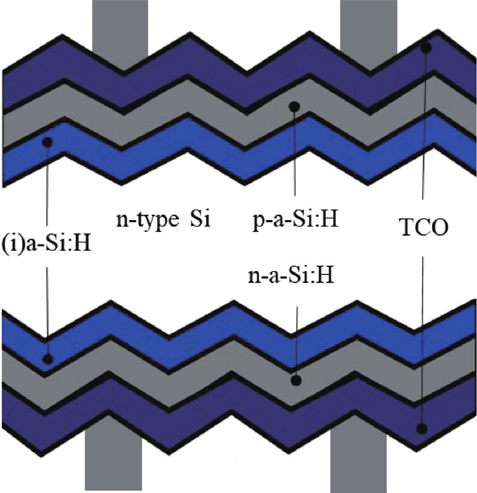[1] Wakisaka K, Taguchi M, Sawada T, et al. More than 16% solar cells with a new ‘HIT’ (doped a-Si/nondoped a-Si/crystalline Si) structure. The Conference Record of the Twenty-Second IEEE Photovoltaic Specialists Conference, 1991, 887
[8] Libal J, Kopecek R. Bifacial Photovoltaics: Technology, applications and economics. Institution of Engineering and Technology, 2018
[19] Honsberg C, Bowden S. Photovoltaics education website. PV Education, 2019




